These are best routers to use 6GHz Wi-Fi 6E today
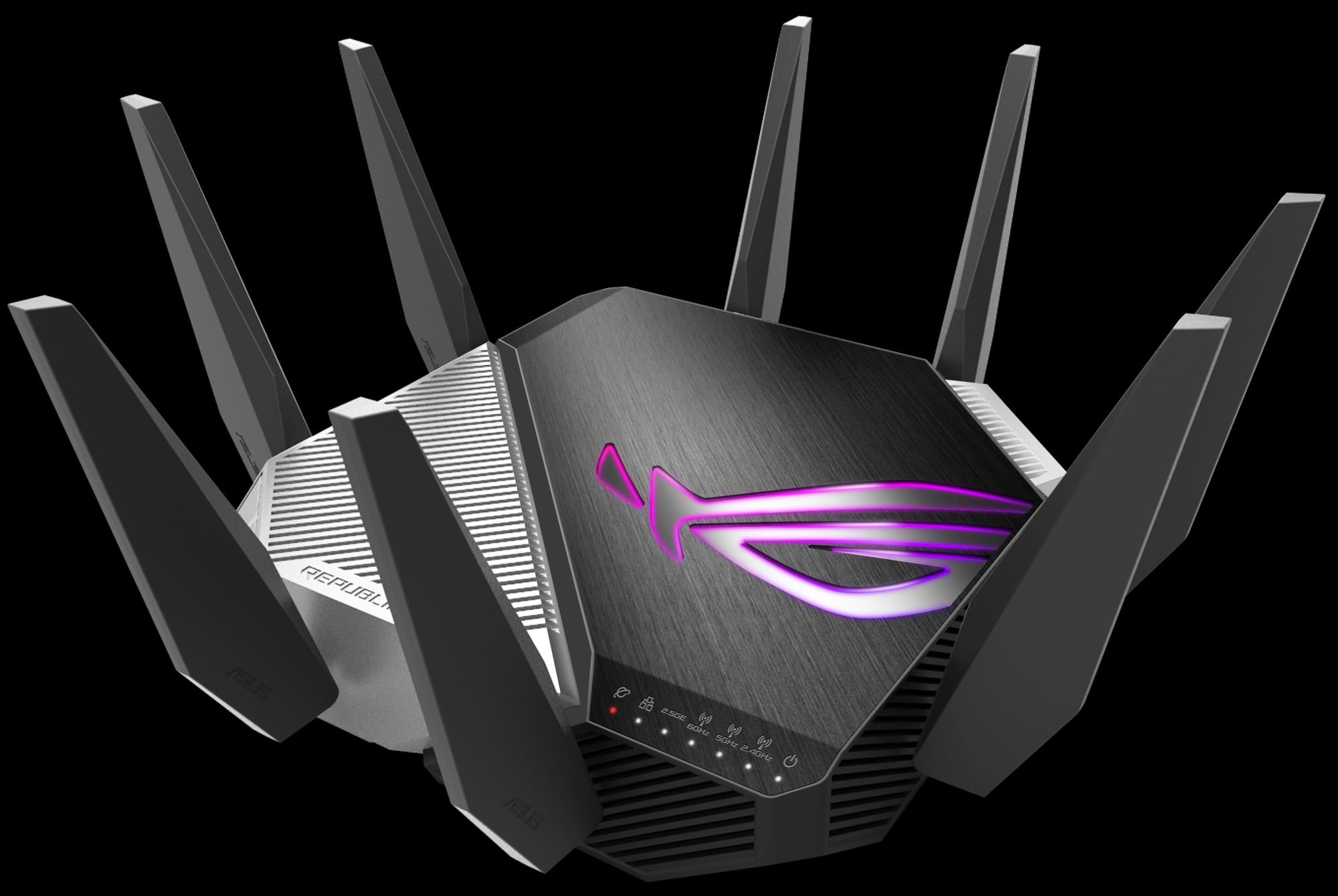
Wi-Fi 6E is the next evolution of Wi-Fi and some of the best Wi-Fi 6E routers are now available. Wi-Fi 6E utilizes 6GHz spectrum to enable more consistent speeds in congested areas than was possible at 5GHz. If you are ready for Wi-Fi 6E or just want to be ready for the next generation, these routers all offer great 6GHz performance. The best Wi-Fi 6E router for you will come down to backward compatibility and software preferences.
What are the best Wi-Fi 6E routers?
The Asus ROG Rapture GT-AXE11000 is one of the fastest routers ever made, with plenty of speed for both Wi-Fi 6E devices and older devices. With full RGB lighting, this router's gaming roots are clear, but that also means this router is packing great optimization software and even comes with a gaming optimized 2.5Gbps Ethernet port.
The Linksys Hydra Pro 6E is another solid option with a more modest design and a lower price. This AXE6600 router gives up some speed for older devices but supports a full 4804Mbps on the 6GHz band. This is a great router to try out Wi-Fi 6E but will fall short for 5GHz Wi-Fi 6 devices compared to the other routers.
Asus ROG Rapture GT-AXE11000
The best Wi-Fi 6E router overall
Bottom line: The ROG Rapture GT-AXE11000 is one of the fastest routers ever made, and devices can access more of that speed than ever thanks to 6GHz Wi-Fi. This router also supports fast 5GHz Wi-Fi 6 devices with 160MHz.
| Category | Asus ROG Rapture GT-AXE11000 |
|---|---|
| Wireless hardware | AXE11000 tri-band Wi-Fi 6E |
| Speed | 1148Mbps at 2.4GHz, 4804Mbps at 5GHz, 4804Mbps at 6GHz |
| Ethernet | 4x gigabit LAN ports, 1x 2.5Gbps gaming port, 1x gigabit WAN port |
| USB ports | 2x USB 3.2 Type-A |
Pros:
- Fast AXE11000 tri-band speeds
- 2.5Gbps gaming Ethernet port
- AiProtection Pro included
- Gaming optimization
Cons:
- Gaudy RGB design won't work for everyone
- Large footprint
The ROG Rapture GT-AXE11000 is one of the fastest routers ever made. While very fast AX11000 routers have come before it, thanks to the vast spectrum available with Wi-Fi 6E, it can deliver those speeds more consistently than before. These speeds break down to 1148Mbps at 2.4GHz and 4804Mbps at 5GHz for Wi-Fi 6 and older devices. For 6GHz-capable devices, there are other 4804Mbps available. Furthermore, this router can use 160MHz on both the 5GHz band and 6GHz band, meaning that you'll get amazing speeds even on older devices.
There are six Ethernet ports on the back, including four gigabit LAN, one gigabit WAN, and a 2.5Gbps LAN port. This fast port is also prioritized for gaming. The Rapture fits right in with the rest of the ROG line, complete with customizable RGB lighting. While the RGB isn't compatible with Aura Sync, you can still reflect network status or CPU load if you wish.
The gaming design also made it into the software with optimizations to keep your games running smoothly with consistent pings even with a loaded connection. Not only that, if you're playing one of the best Android games online, your connection will be optimized to find the shortest path to the server. Even if you're not a fan of the gaming aesthetic and don't plan on using the gaming software, this is one of the fastest wireless routers anywhere.
Best Wi-Fi 6E router overall
Asus ROG Rapture GT-AXE11000
The Wi-Fi 6E ROG Rapture is one of the fastest routers anywhere, with great software to back it up and a gaming-focused design.
Linksys Hydra Pro 6E
The best value Wi-Fi 6E router
Bottom line: The Linksys Hydra Pro 6E has incredible 6GHz speeds at 4800Mbps but doesn't keep up as well for older devices with just 1200Mbps available at 5GHz. You can even use it in a mesh with other Velop routers.
| Category | Linksys Hydra Pro 6E |
|---|---|
| Wireless hardware | AXE6600 tri-band Wi-Fi 6E |
| Speed | 600Mbps at 2.4GHz, 1200Mbps at 5GHz, 4800Mbps at 6GHz |
| Ethernet | 4x gigabit LAN ports, 1x 2.5Gbps WAN port |
| USB ports | 1x USB 3.0 Type-A |
Pros:
- Full-speed 6GHz band
- Fast 2.5Gbps Ethernet
- Velop mesh support
Cons:
- Limited speeds at 2.4GHz and 5GHz
- Fewer advanced options
The Linksys Hydra Pro 6E is a solid Wi-Fi 6E router with AXE6600 speeds and a minimalist design. The speeds break down to 600Mbps at 2.4GHz, 1200Mbps at 5GHz, and 4800Mbps at 6GHz. The 2.4GHz and 5GHz speeds leave a bit to be desired but should be good enough for most people. If you have a 6GHz device, it will connect at full speed to this router and have no trouble keeping up with just about any internet connection.
The Hydra Pro 6E's design is quite subdued, borrowing heavily from the Wi-Fi 6 MR9600 with a grill on the entire top of the device and an antenna at each corner. This router can be entirely passively cooled with this design, meaning it has one less point of failure. On the back, there are four gigabit Ethernet ports and a 2.5Gbps WAN port.
The one thing that makes the Hydra Pro 6E a bit strange is the relatively slow performance at 2.4GHz and 5GHz. When it comes down to it, using this router with a standard Wi-Fi 5 or Wi-Fi 6 device will be a lot like using an AX1800 router. Still, once you get the most important devices upgraded with 6GHz support, this router will absolutely fly.
Best Value Wi-Fi 6E router
Linksys Hydra Pro 6E
The Linksys Hydra Pro 6E is a fast router with amazing speeds at 6GHz and enough for most people at 5GHz and 2.4GHz.
Linksys Velop Atlas Max 6E
The best Wi-Fi 6E mesh router
Bottom line: The Linksys Velop Atlas Max 6E is the first standalone Wi-FI 6E mesh system, and it's quick with AXE8400 speeds. With three nodes, this system can cover up to 9,000 square feet.
| Category | Linksys Velop Atlas Max 6E |
|---|---|
| Wireless hardware | AXE8400 tri-band Wi-Fi 6E |
| Speed | 1174Mbps at 2.4GHz, 2402Mbps at 5GHz, 4804Mbps at 6GHz |
| Ethernet | 4x gigabit LAN ports, 1x 5Gbps WAN port |
| USB ports | 1x USB 3.0 port Type-A |
Pros:
- Extremely fast mesh speeds (AXE8400)
- 5Gbps Ethernet
- Four Ethernet ports per node
- Covers up to 9,000 square feet
Cons:
- Very expensive
- Nodes are very large
The Linksys Velop Atlas Max 6E is extremely fast, with AXE8400 speeds across three nodes. These speeds break down to 1174Mbps at 2.4GHz, 2402Mbps at 5GHz, and 4804Mbps at 6GHz. While the 5GHz speeds aren't too special, the fast Wi-Fi 6E connection to the mesh will keep it running at full speed all over your home. With a coverage area of up to 9,000 square feet, this is one of the fastest mesh Wi-Fi solutions ever made.
These nodes have four gigabit Ethernet LAN ports, each plus a 5Gbps WAN port. This Ethernet performance makes the Velop Atlas Max a great fit for adding wireless to a very fast wired network. The Velop nodes are tall at 9.57 inches and 4.45 inches wide, so they won't be easy to conceal, but with a matte white housing, they do a good job of blending into the environment.
While both the ROG Rapture and Linksys Hydra Pro can be expanded with mesh solutions, the Atlas Max will be much easier to configure out of the box. Not only that, but Linksys will be able to utilize the 6GHz band to keep the mesh moving very fast. With a faster 5GHz band, the Atlas will outperform the Linksys and will be less expensive than buying several ROG Raptures.
Best value Wi-Fi 6E router
Linksys Velop Atlas Max 6E
The Velop Atlas Max 6E is the first standalone mesh system with Wi-Fi 6E and delivers incredible AX8400 speeds up to 9,000 square feet.
Asus ZenWiFi ET8
The best value Wi-Fi 6E mesh
Bottom line: The ZenWiFi ET8 is focused on the future with just enough power for Wi-Fi 6 and older devices and a ton of room for 6GHz devices. This mesh system uses the 6GHz band for its backhaul guaranteeing high speeds with minimal interference.
| Category | Asus ZenWiFi ET8 |
|---|---|
| Wireless hardware | AXE6600 tri-band Wi-FI 6E |
| Speed | 574Mbps at 2.4GHz, 1201Mbps at 5GHz, 4804Mbps at 6GHz |
| Ethernet | 3x gigabit LAN ports and 1x 2.5Gbps WAN port per node |
| USB ports | 1x USB 3.1 Type-A per node |
Pros:
- Fast AXE6600 speeds
- 2.5Gbps Ethernet port
- Powerful Asus software with AiProtection
- Attractive design
Cons:
- Reduced capacity on 5GHz
The Asus ZenWiFi ET8 is a mesh Wi-Fi system with two nodes running at AXE6600 Wi-Fi 6E speeds. This speed breaks down to 574Mbps on the 2.4GHz band, 1201Mbps at 5GHz, and 4804Mbps at 6GHz. The majority of the speed on this mesh kit is dedicated to the 6GHz band which the majority of devices today cannot access. This makes sense for a mesh system since the wireless backhaul will use the 160MHz 6GHz band to link the nodes. Still, if you've invested in fast 160MHz Wi-Fi 5 or Wi-Fi 6 cards, you'll only be able to use them at up to 1201Mbps.
This system comes with two identical nodes with three gigabit Ethernet ports and a fast 2.5Gbps WAN port for the incoming connection. There is also a USB 3.1 Type-A port on the back. With these two nodes, you can cover up to 5,500 square feet with expansion possible with more AiMesh nodes. AiMesh allows you to use a wide array of Asus routers in a mesh and gives AiMesh users a serious advantage when it comes to future expansion.
Asus also includes its powerful AiProtection Pro software package that includes antivirus protection, networks security, and advanced parental controls for no extra cost. Speaking of Asus' software, Asus allows you to separate your Wi-Fi bands into different names so you can choose exactly which band you want a device to connect to which is an uncommon but welcome option for mesh systems.
The best value Wi-Fi 6E mesh
Asus ZenWiFi ET8
The ZenWiFi ET8 delivers fast Wi-Fi 6E performance for up to 5,500 square feet with two nodes at AXE6600 tri-band speeds.
Netgear Nighthawk RAXE500
The best Wi-Fi 6E router design
Bottom line: The Netgear Nighthawk RAXE500 is one of the fastest Wi-Fi 6E routers you can buy with AXE11000 speeds and 12 streams. This router also has a great design with two matte black antenna wings on either end.
| Category | Netgear Nighthawk RAXE500 |
|---|---|
| Wireless hardware | AXE11000 tri-band Wi-FI 6E |
| Speed | 1.2Gbps at 2.4GHz, 4.8Gbps at 5GHz, 4.8Gbps at 6GHz |
| Ethernet | 4x gigabit LAN ports, 1x 2.5Gbps LAN port, 1x gigabit WAN port |
| USB ports | 2x USB 3.0 Type-A |
Pros:
- Very fast AXE11000 speeds
- 2.5Gbps Ethernet port
- Great Nighthawk software
- Nice professional design
Cons:
- More expensive than the competition
- Netgear Armor is expensive
The Netgear Nighthawk RAXE500 is a high-speed router and even matches the top speed of the ROG Rapture GT-AXE11000. This AXE11000 connection breaks down to 1.2Gbps at 2.4GHz and 4.8Gbps on both the 5GHz and 6GHz devices. This leaves equivalent hardware to an AX6000 Wi-FI 6 router just for older devices. 160MHz bands are supported on both the 5GHz and 6GHz bands. There is a very similar RAXE450 router sold at some retailers that drops a bit of speed, offering only 256QAM instead of 1024QAM on the RAXE500.
This router looks identical to Netgear's other flagship Wi-Fi 6 routers with a matte black housing and antennas in the wings on the left and right sides of the device. This is a good thing as these routers have great coverage and look cool. There are six Ethernet ports, including a gigabit WAN port, four gigabit LAN ports, and a 2.5Gbps WAN/LAN port. This is great if you're connecting to a multi-gig wired network or want to connect a gaming PC with zero compromises.
Best Wi-Fi 6E router design
Netgear Nighthawk RAXE500
The Nighthawk AXE11000 is Netgear's first attempt at 6GHz WI-FI, and it delivers some of the fastest speeds in home networking.
How to pick the best Wi-Fi 6E router
Most of us don't really need Wi-Fi 6E just yet and would be better off choosing one of the best Wi-Fi 6 routers instead. If you find you're losing speed at distance, a Wi-Fi 6 mesh router might be a better choice if the price of the Linksys Atlas is anything to go by. Not only that, but many Wi-Fi 6 routers faster than AX1800 will outperform the Linksys Hydra Pro 6E on Wi-Fi 6 and Wi-Fi 5 devices.
The best Wi-FI 6E router will deliver great 6GHz speeds while maintaining perfect compatibility with older WI-Fi 6 and Wi-Fi 5 devices. The Asus ROG Rapture GT-AXE11000 nails every aspect with full Wi-Fi 6 speeds at 2.4GHz and 5GHz. This router also lets you take things to the max with full 160Mz support at 5GHz and 6GHz.
1. Make sure you get speed where you need it
Upgrading your router doesn't mean the dozens of Wi-Fi devices you already have will suddenly get faster, and in some cases, getting the wrong router can even lead to lower speeds. As you can see with the Linksys Hydra Pro 6E, saving money can come at the expense of speed on the older 2,4GHZ and 5GHz W-FI bands. If you plan to upgrade all or most of your wireless devices in the next year or so, it can work out, but if you're connecting a lot of 5GHz devices to this router, you'll be getting similar speeds to an AX1800 router with around 600Mbps at 2.4GHz and 1.2Gbps at 5GHz.
A faster AXE8400 or AXE11000 router will be able to deliver incredible 6GHz speeds without sacrificing anything on older devices.
2. Check the software package
It's easy to focus on specs and forget about one of the most important aspects of a router, the software. Your router's software will control which devices get served first and play a huge role in your network's performance if you have many connections. Asus and Netgear have great software control and have been using it to dominate with WI-Fi 6 routers. These routers also come with some security software built in though Asus' solution is free where Netgear has an optional yearly subscription model.
When it comes down to it, all of these routers are much faster than most people need. While an AXE6600 router can seem slow in this context, it will be a great fit for most people. That being said, someone looking to get a Wi-Fi 6E router now is passionate about technology and might find the tradeoffs not to be worth it. Whichever router you choose, make sure you pick up some Wi-Fi 6E devices as soon as possible so you can make the most of it.
![]()
Samuel Contreras When Samuel is not writing about networking and carriers, he spends most of his time researching computer components and obsessing over what CPU goes into the ultimate Windows 98 computer. It's the Pentium 3.
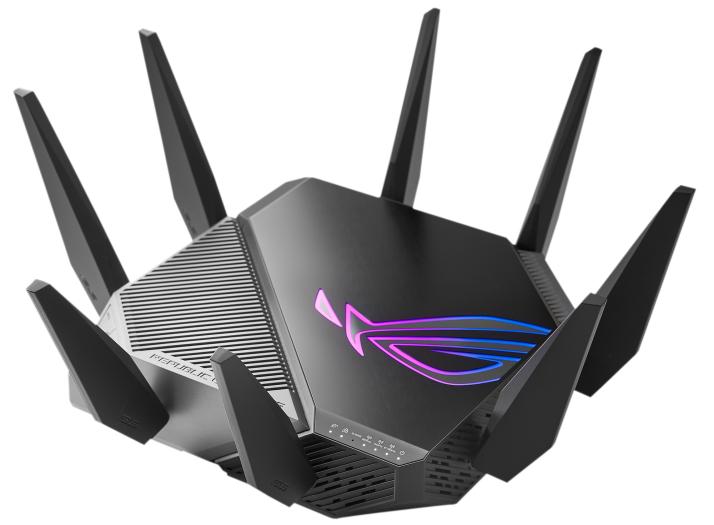
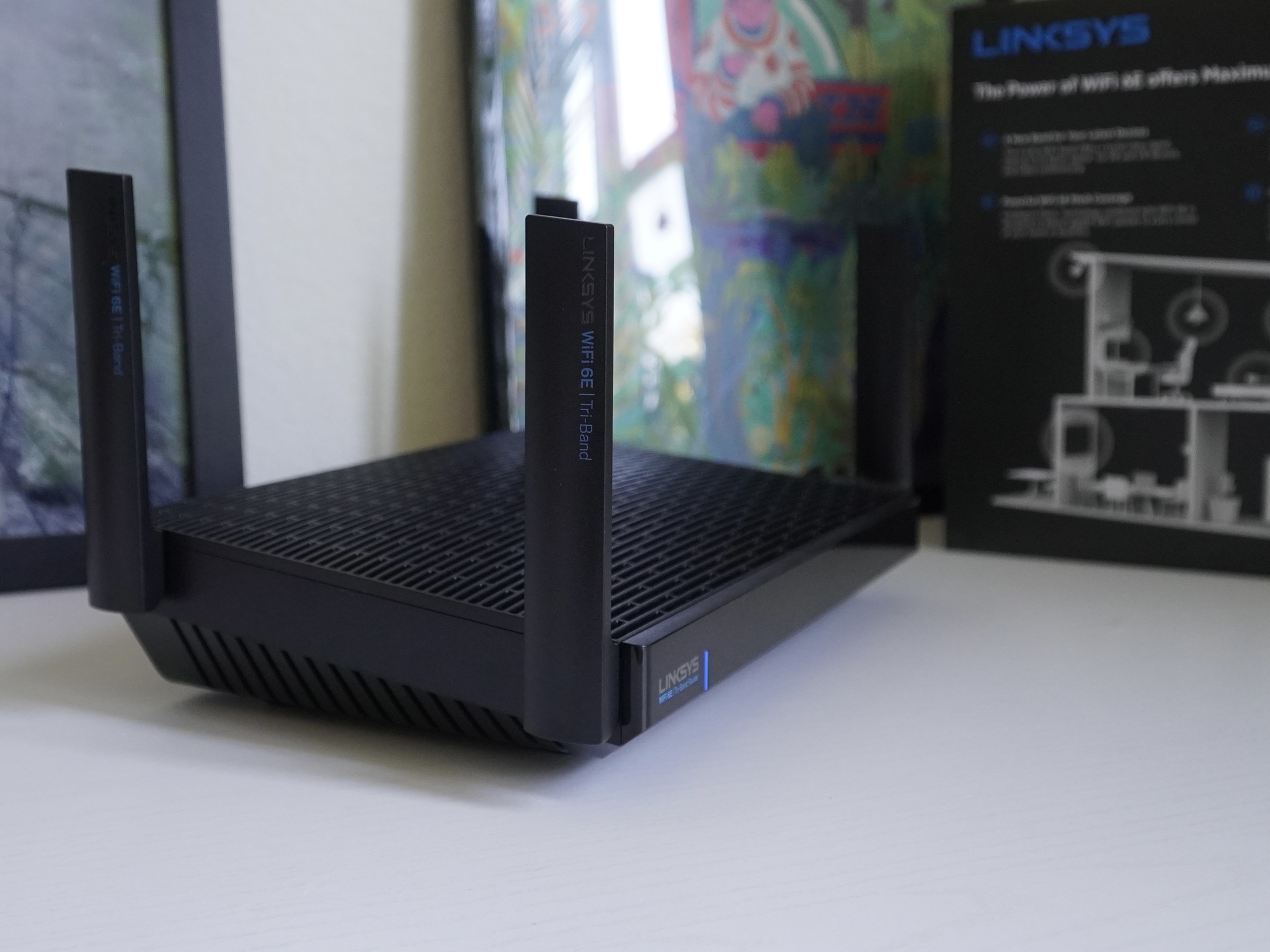
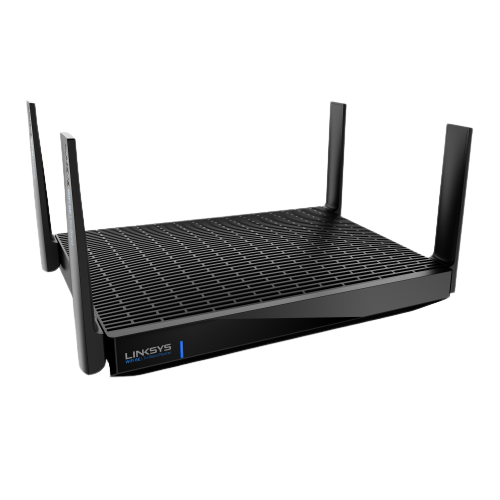
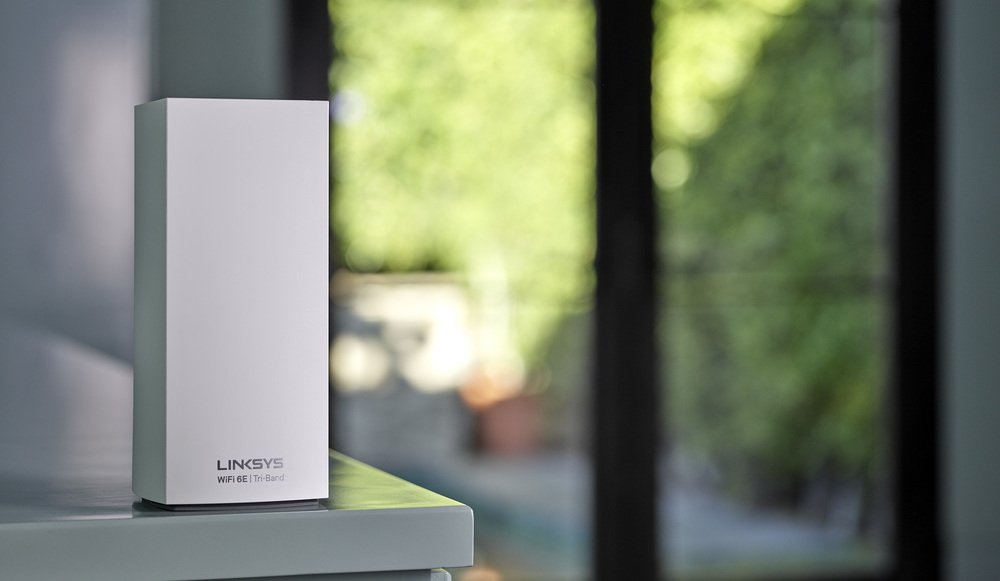
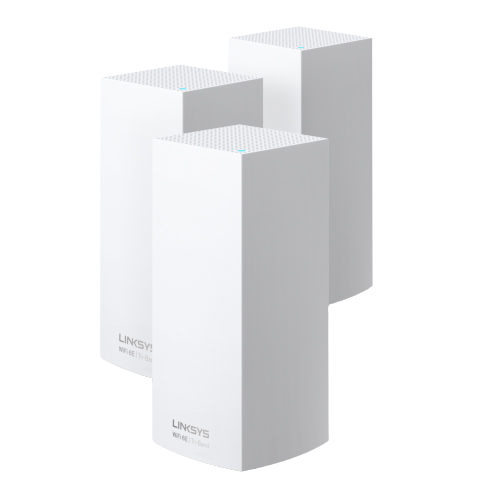
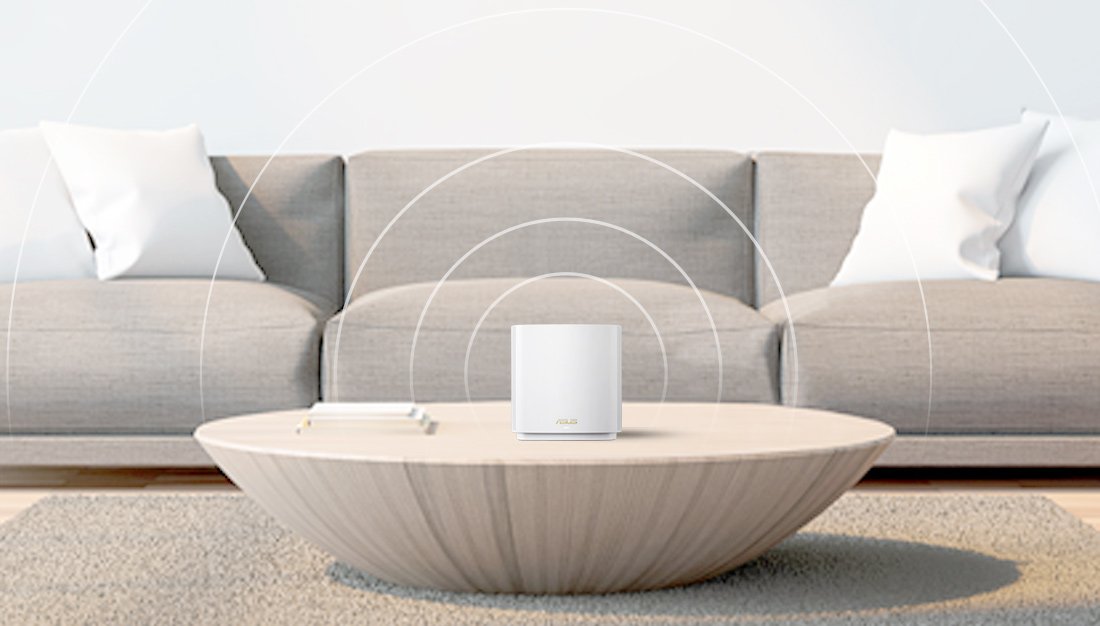
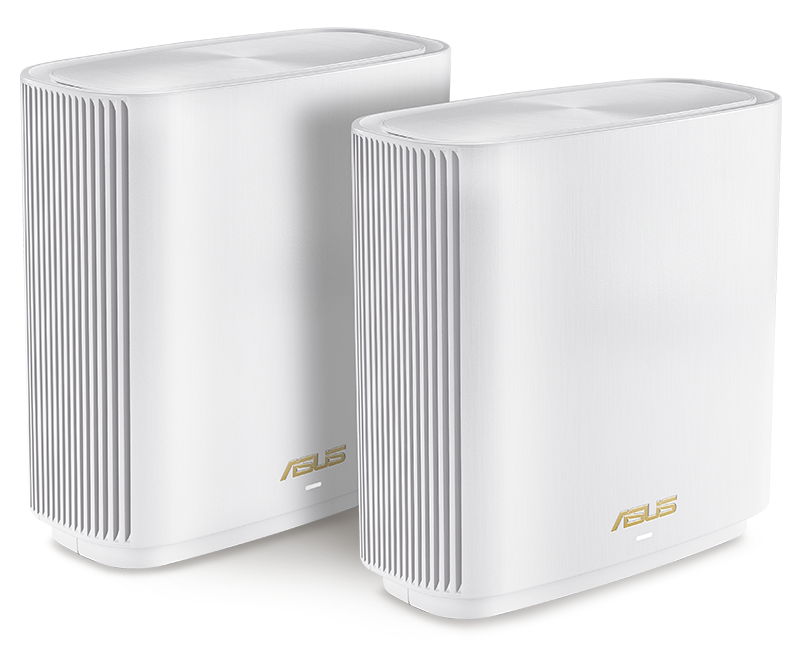
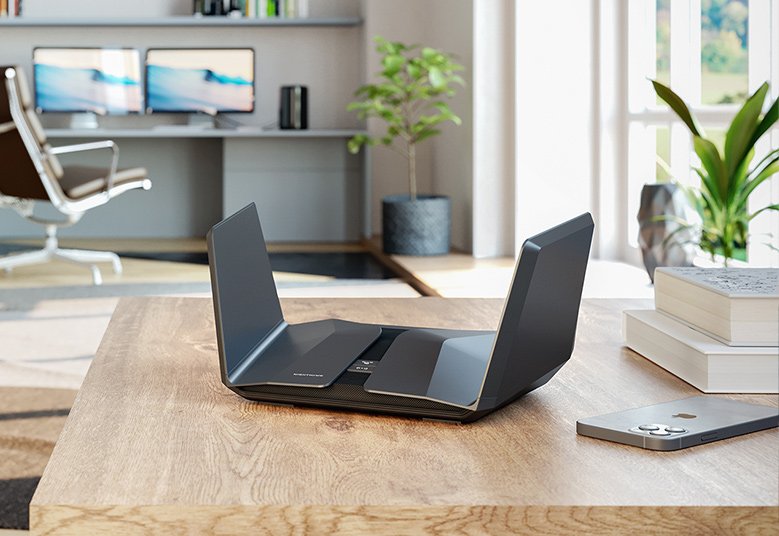
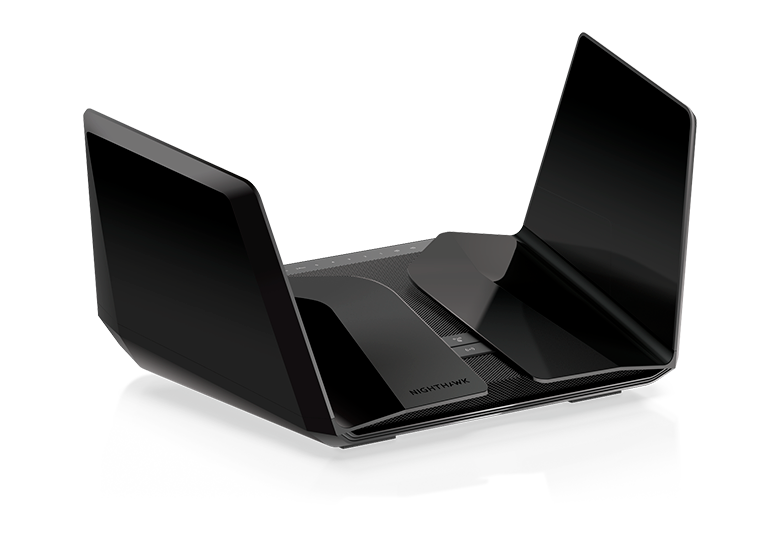
No comments